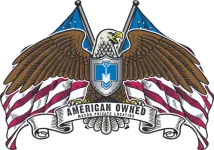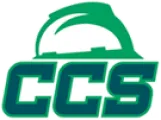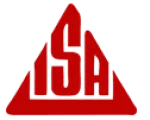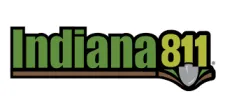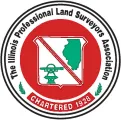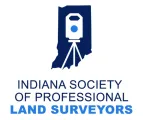Most people's biggest concerns when they pull into a gas station is the price of fuel or the fastest route to the restrooms.
But there are much larger concerns when an excavator arrives on-site.
According to the NACS, the association for convenience and
fuel retailing, there are more than 145,000 gas stations fueling an estimated 278,063,737
personal and commercial vehicles (U.S. Department of Transportation Federal Highway
Administration, 2021) in the United States. Aside from fuel and restrooms,
patrons are met with a number of other common amenities including air compressors,
refrigerated foods and drinks, hot foods and fryer foods. Larger facilities,
known as "truck stops" are bigger in scale and additionally equipped with
showering facilities, Wi-Fi accessibility and other amenities needed by drivers
who essentially live out of their rigs. Safety is paramount at each type of
facility and continuous utility service is paramount to their operations.
Excavators are required by law to contact their local One
Call or 811 to request public utility locates prior to digging, but you might
be surprised to know the number of private utilities that are not located by
811. 811 contractors are legally obligated (and LIMITED) to locating ONLY
public utilities. These are essentially the transmission lines that run from
the utility's main to the meter. This protects the portion of the utility that
is owned and maintained by the utility company. "Supply lines" or conduits that
run from the utility's meter to the facility or between assets on the property
are considered "private" and are the responsibility of the facility or property
owner.
Private utilities also include underground storage tanks
(USTs), a critical asset at any type of fueling station. They (and some other
utility lines) can be "untraceable" or "unlocatable" by traditional utility
locating methods. Private utility locators are trained on and equipped with
different technologies than public utility locators. These technologies were developed
specifically to detect "unknown" utilities and structures with a high degree of
accuracy. In fact, private utility locators find an average of 46% more
underground utilities and structures on the same sites as public utility
locators.
Unfortunately, due to lack of education and legislation
surrounding private utility locating, people often don't know that they need
private utility locating services. Likewise, the liability for private utility
damages can be largely disputed and often lead to legal battles for the cost of
repair. And that doesn't include lost revenue and other societal costs
associated with the damages!
This scenario can be applied to other high-utility-use
commercial properties like educational and medical campuses, shopping centers,
multi-family housing, and manufacturing plants, but it can also apply to
residential areas and other personal, private property where excavation is
being performed. So, how do you protect yourself, your property and your
customers? Know enough about private utilities to ask if contractors are
supplying private utility locating services or if you need to contact one - and
establish the ownership of this task in your contract. There are key visual
indicators of private utilities on any site; familiarizing yourself with those can
help you understand the likelihood of private utilities and protect yourself
from damages and liability.
Some indicators of private utilities that you can look for
the next time you are filling up include:
Electric:
- Parking lot lights
- Store lights
- Refrigerators
- Ice "Boxes"
Communications:
- Phones
- Credit card readers
- "Free Wi-Fi" signs
- Security Systems
Water:
- Restrooms
- Showers
- Sprinkler or firewater systems
- French or storm drains
Gas:
- External generators
Underground storage tanks:
- Fuel pumps
- Air compressors
- Fryers
Of course, some of these examples require multiple utilities
for operation so you can imagine the complexity of the underground utility
infrastructure to sustain use. But you can see how many of these examples are
also relevant to other types of properties. Familiarizing yourself with visual
indicators is a great first step to understanding and mitigating your liability
for private utility damages. Mason Private Locating cross-trains our Customer
Service Representatives in the field, so they are knowledgeable of real-world
utility scenarios and well-prepared to answer your questions over the phone.
Concerned about the cost? After a few questions about your
project, they can provide you with a free estimate of your project whether you
are a property owner or contractor. Give them a call for your free,
no-obligation estimate prior to your next project: (888)316-3933

